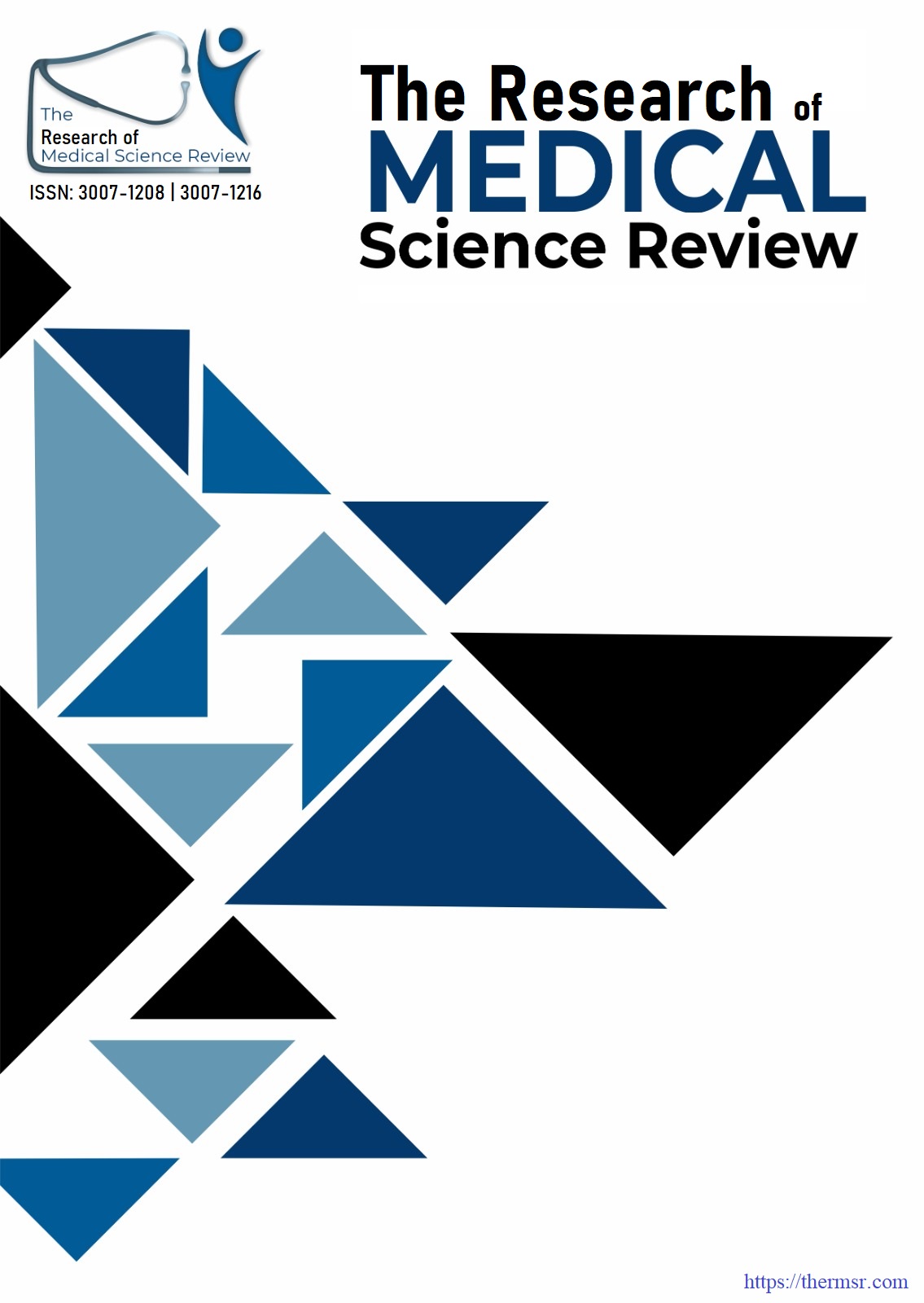HISTOPATHOLOGICAL PATTERNS OF LUNG CANCER ALONG WITH THE CLINICO-RADIOLOGICAL CORRELATION IN A TERTIARY CARE HOSPITAL IN PAKISTAN
Main Article Content
Abstract
Background: Lung cancer, characterized by histological heterogeneity and significant clinico-radiological implications, remains the leading cause of cancer- related mortality worldwide. Objectives: The study was carried out to assess in lung cancer patients the histological patterns, radiological findings and biomarker expression. Methods: From March to September 2024, tertiary care hospitals in Rawalpindi undertook this cross-sectional study. Including 140 lung cancer patients in all, demographic, clinical, and histological data were gathered. Six biomarkers—TTF-1, UBE2C, MCM2, MCM6, FEN1, and TPX2—were immunohistochemically stained. Results: Patients' mean age was 62.4 ± 10.2 years; 58.6% of them were men. Among the patients, 69.3% smoked. The most often occurring histological subtype (35%), followed by papillary (21%) and solid patterns (18%), was acinar carcinoma. The most frequently observed radiological features were pleural effusion (19%) and mediastinal involvement (14%). TTF-1 (83.6%), MCM6 (77.1%), and MCM2 (73.6%), revealed high positive rates according to immunohistochemical investigation. Significant relationships between tumor proliferation and DNA repair were shown by biomarkers including FEN1 (65.7%) and UBE2C (72.1%). Conclusion: Acinar carcinoma was the most common histological subtype, with pleural effusion being the most frequently observed radiological feature. Especially TTF-1, high biomarker expression emphasizes its diagnostic and prognostic relevance in lung cancer. These results underlined the need of including molecular and histological data into customized therapy plans.
Downloads
Article Details
Section

This work is licensed under a Creative Commons Attribution-NonCommercial-NoDerivatives 4.0 International License.
